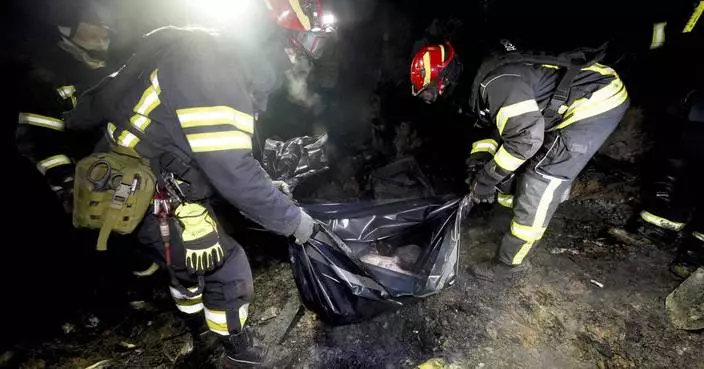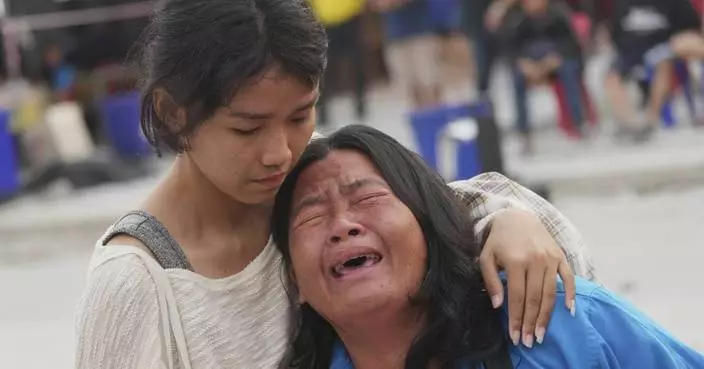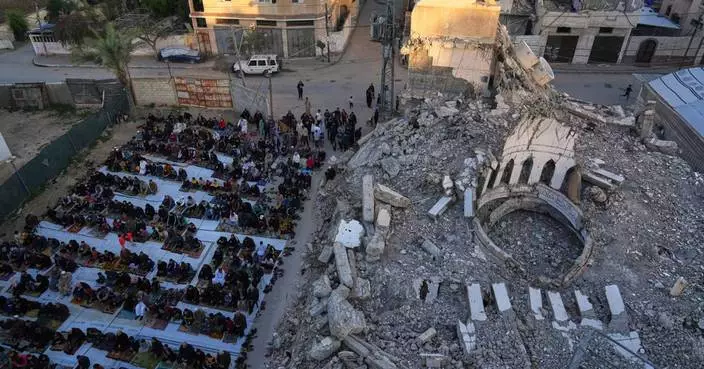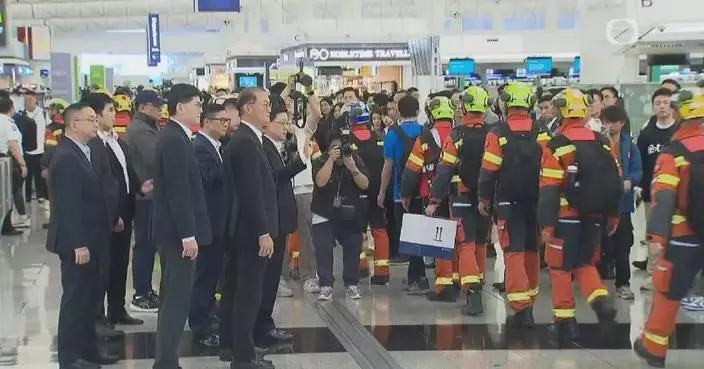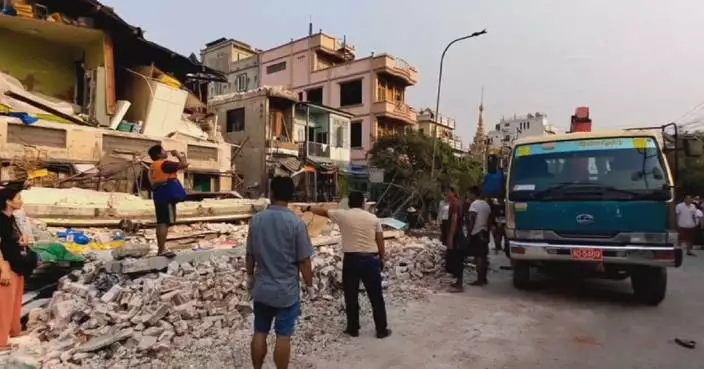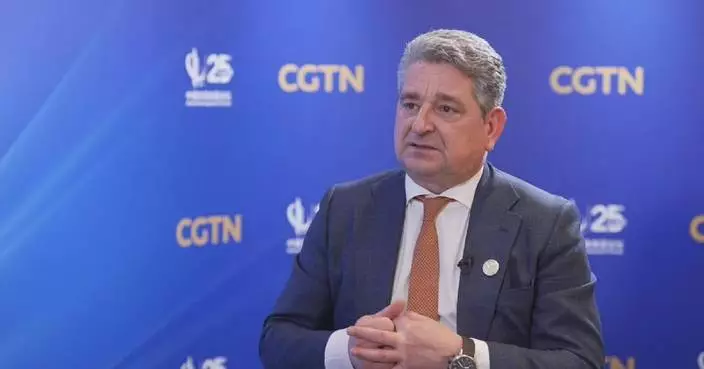NICOSIA, Cyprus (AP) — Cyprus said Wednesday it plans to subsidize construction of private desalination plants at hotels to ensure the tourism-reliant island nation has enough fresh water too see it through busy summer seasons when the demands of millions of visitors put a severe strain on dwindling reserves.
Water levels across the country's 108 dams are at alarmingly low following the second driest winter in a decade, and the national water supply network is struggling to cope due to demand and leaks.
Maria Panayiotou, the country’s agriculture and environment minister, said the government will provide 3 million euros ($3.24 million) of funding over the next two years to help hotels build their own desalination plants. In addition, measures will be introduced to make it easier and faster for key sectors such as agriculture and tourism to build small scale desalination plants.
Cyprus will spend a further 8 million euros on fixing pipe infrastructure to reduce water leaks and losses which are estimated as high as 40%, according to Panayiotou.
The government measures build on Cyprus’ growing reliance on desalinated water. Four additional mobile desalination plants are scheduled to become operational in October, producing 30,000 cubic meters (1 million cubic feet) of drinkable water daily.
Cyprus already has four permanent desalination plants in operation, each producing 235,000 cubic meters (8.3 million cubic feet) of fresh water daily. A fifth plant is out of action due to a fire.
Panayiotou said last December that more desalination plants are needed to increase daily fresh water production fourfold over the next decade.
Cyprus continues to rely on an extensive dam network with a total capacity of 330 million cubic meters. Cyprus has more dams relative to its population than any other country in Europe, according to the minister. The dams are currently at 24.6% of capacity, compared with 47.2% in 2024, official figures show.
Tourism accounts for 13.5% of Cyprus’ gross domestic product. Tourist arrivals last year exceeded 4 million, setting a new record.

FILE - A worker walks over the pipeline that transports seawater to filters at Europe's largest desalination plant for drinking water located in Barcelona, Spain, Tuesday, May 16, 2023. (AP Photo/Emilio Morenatti, file)
BANGKOK (AP) — Emergency aid has streamed into Southeast Asia in the two days since a massive earthquake struck Myanmar and Thailand. Relief efforts are focused on Myanmar, where the estimated death toll rose to 1,644 by Sunday afternoon.
The number of dead from Friday’s 7.7 magnitude quake is expected to increase, while the number of injured was at 3,408 and the missing figure rose was 139 on Sunday. The earthquake's epicenter was near Mandalay, Myanmar’s second-largest city with 1.5 million people. In neighboring Thailand, the death toll rose to 17.
While food, medicine and other vital supplies have reached Myanmar, a report issued Saturday by the U.N. Office for the Coordination of Humanitarian Affairs said rescue efforts have been hampered by a severe shortage of medical supplies including trauma kits, blood bags, anesthetics, assistive devices, essential medicine and tents to house health workers.
“We fear it may be weeks before we understand the full extent of destruction caused by this earthquake,” said Mohammed Riyas, the IRC’s Myanmar director.
Here is a look at some of the contributions in supplies, personnel and monetary support and the nations and groups providing assistance:
On Sunday, a convoy of 17 Chinese cargo trucks carrying critical shelter and medical supplies was expected to reach Mandalay. China said it has sent more than 135 rescue personnel and experts along with supplies like medical kits, generators, earthquake detectors and drones while pledging around $13.8 million in emergency aid.
Hong Kong on Saturday dispatched 51 search-and-rescue personnel including firefighters and ambulance personnel as well as two search-and-rescue dogs. The group brought 9 tons (18,000 pounds) of equipment including life detectors and an automatic satellite tracking antenna system, according to a statement on the Hong Kong government’s website. The Hong Kong government also will set aside HK$30 million ($3.9 million) from its Disaster Relief Fund to help Myanmar victims.
Russia’s Emergencies Ministry said it had flown in 120 rescuers and supplies to Yangon, Myanmar’s second-largest city, and Russia’s Health Ministry said Moscow had sent a medical team that includes specialists in infectious diseases, resuscitation, traumatology and psychology, as well as search and rescue teams with canine units and devices that can search in rubble with depths as much as 4.5 meters (14.7 feet).
Two Indian C-17 military transport aircraft on Saturday brought in a field hospital unit and some 120 personnel who traveled north to Mandalay to establish a 60-bed emergency treatment center, the country’s Foreign Ministry said. India previously said it planned to send five aircrafts and four ships with relief supplies including rescue team and medical teams.
Malaysia’s foreign ministry said the country would send 50 personnel to help identify and provide aid to the worst-hit areas.
South Korea said it will provide $2 million in humanitarian aid through international organizations.
New Zealand’s Foreign Minister Winston Peters said in a post on X that his government would support relief efforts “via the International Red Cross Movement.”
The European Commission said Friday it would release 2.5 million euros ($2.7 million) in initial emergency assistance to assist with earthquake relief, bringing the European Union's total humanitarian aid for Myanmar to more than €35 million ($37.8 million) this year.
Ireland announced Saturday the government would provide an aid package of €6 million ($6.49 million) with €3 million ($3.2 million) to support the International Federation of the Red Cross and the Myanmar Red Cross Society, €1.5 million ($1.6 million) each to the Myanmar Humanitarian Fund and U.N. Refugee Agency Joint Response Plan.
President Donald Trump said Friday the U.S. would help with the response, but some experts were concerned about the promised effort given his administration’s deep cuts in foreign assistance.
The U.N. humanitarian affairs office said it has mobilized with other groups and $5 million has been allocated from a Central Emergency Response Fund for “life-saving assistance.”
The International Federation of Red Cross and Red Crescent Societies released 2 million Swiss francs ($2.2 million) in emergency funds to support the organization's work in Myanmar, Jagan Chapagain, the organization's secretary general and CEO, said in a social media post Sunday.
Cara Bragg, the Yangon-based manager of Catholic Relief Services in Myanmar, said relief efforts have largely consisted of local volunteers trying to find loved ones.
Despite the influx of countries sending search and rescue teams, "hospitals are really struggling to cope with the influx of injured people, there’s a shortage of medical supplies, and people are struggling to find food and clean water,” Bragg said.
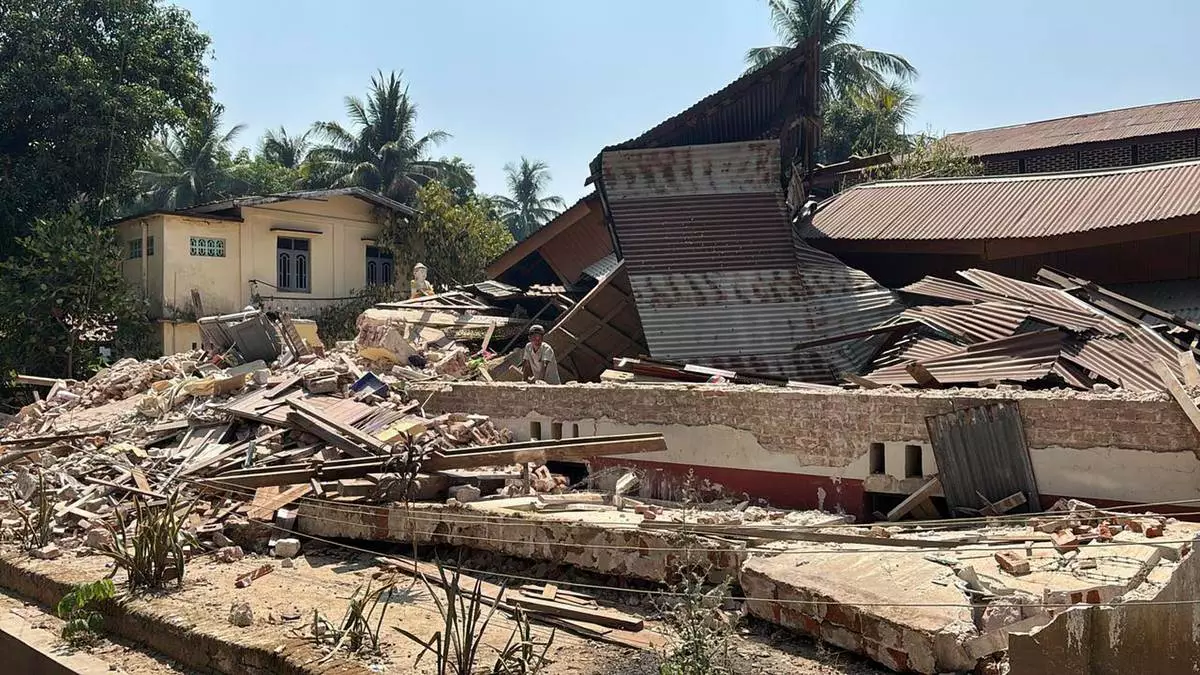
A Buddhist monastery building that has collapsed is seen following an earthquake in Naypyitaw, Myanmar Sunday, March 30, 2025. (AP Photo/Aung Shine Oo)

A person goes through rubble at a Buddhist monastery building that has collapsed following an earthquake in Naypyitaw, Myanmar Sunday, March 30, 2025. (AP Photo/Aung Shine Oo)
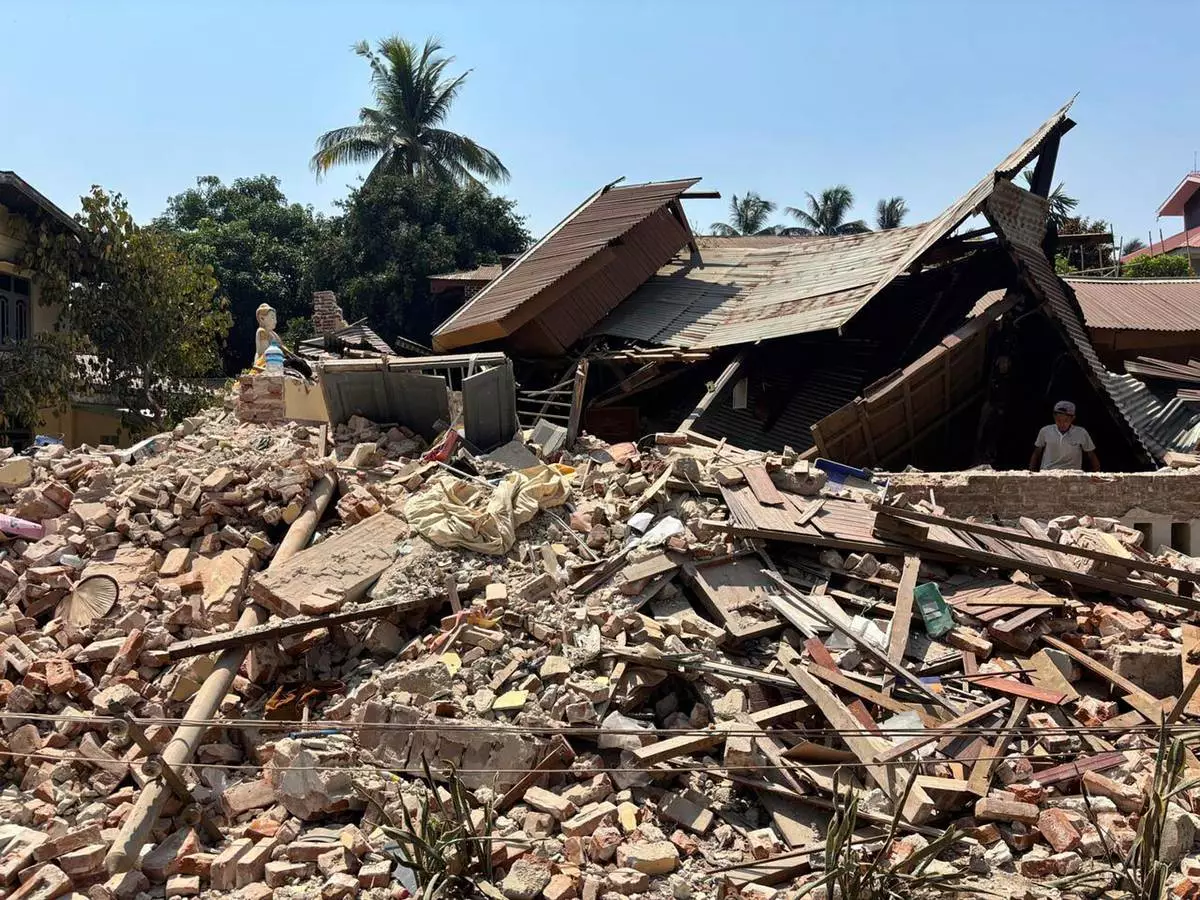
A Buddhist monastery building that has collapsed is seen following an earthquake in Naypyitaw, Myanmar Sunday, March 30, 2025. (AP Photo/Aung Shine Oo)
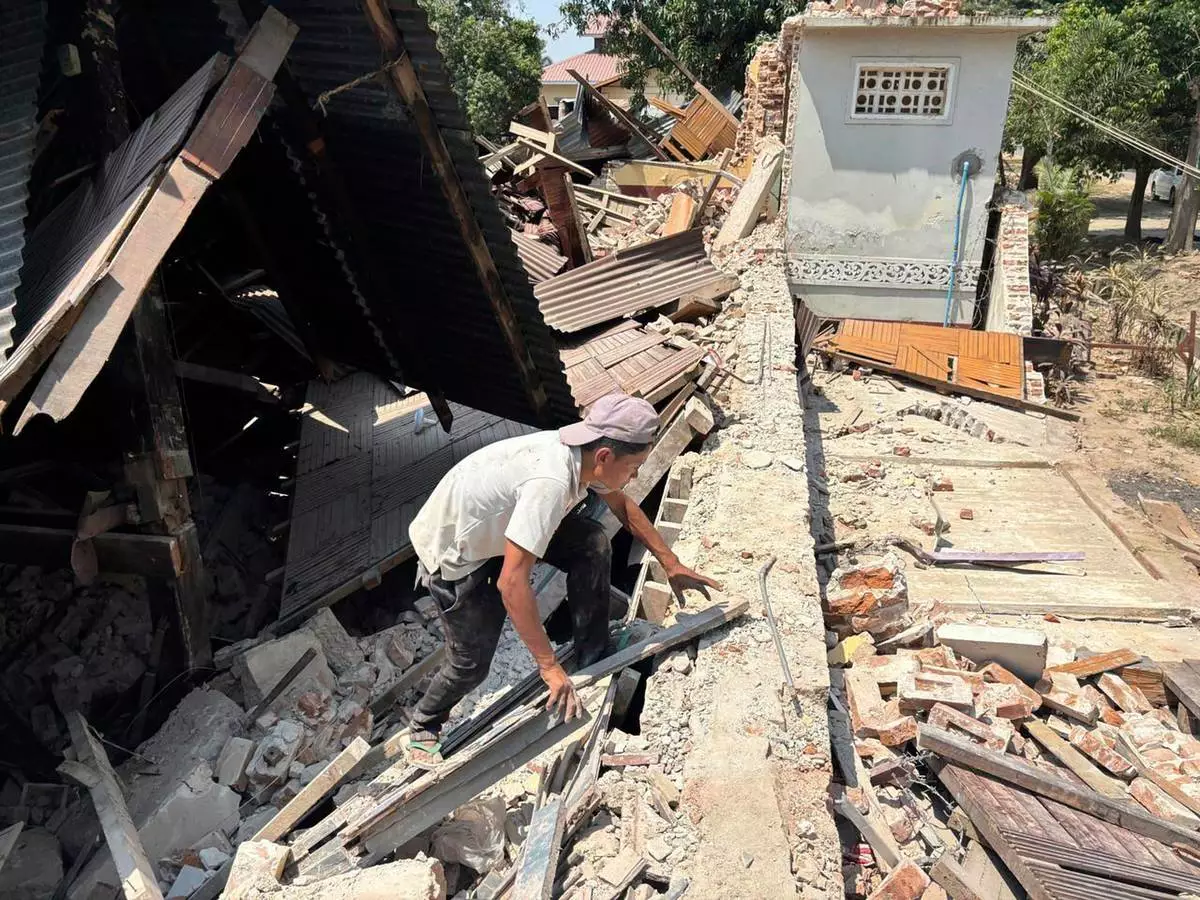
A person goes through rubble at a Buddhist monastery building that has collapsed following an earthquake in Naypyitaw, Myanmar Sunday, March 30, 2025. (AP Photo/Aung Shine Oo)
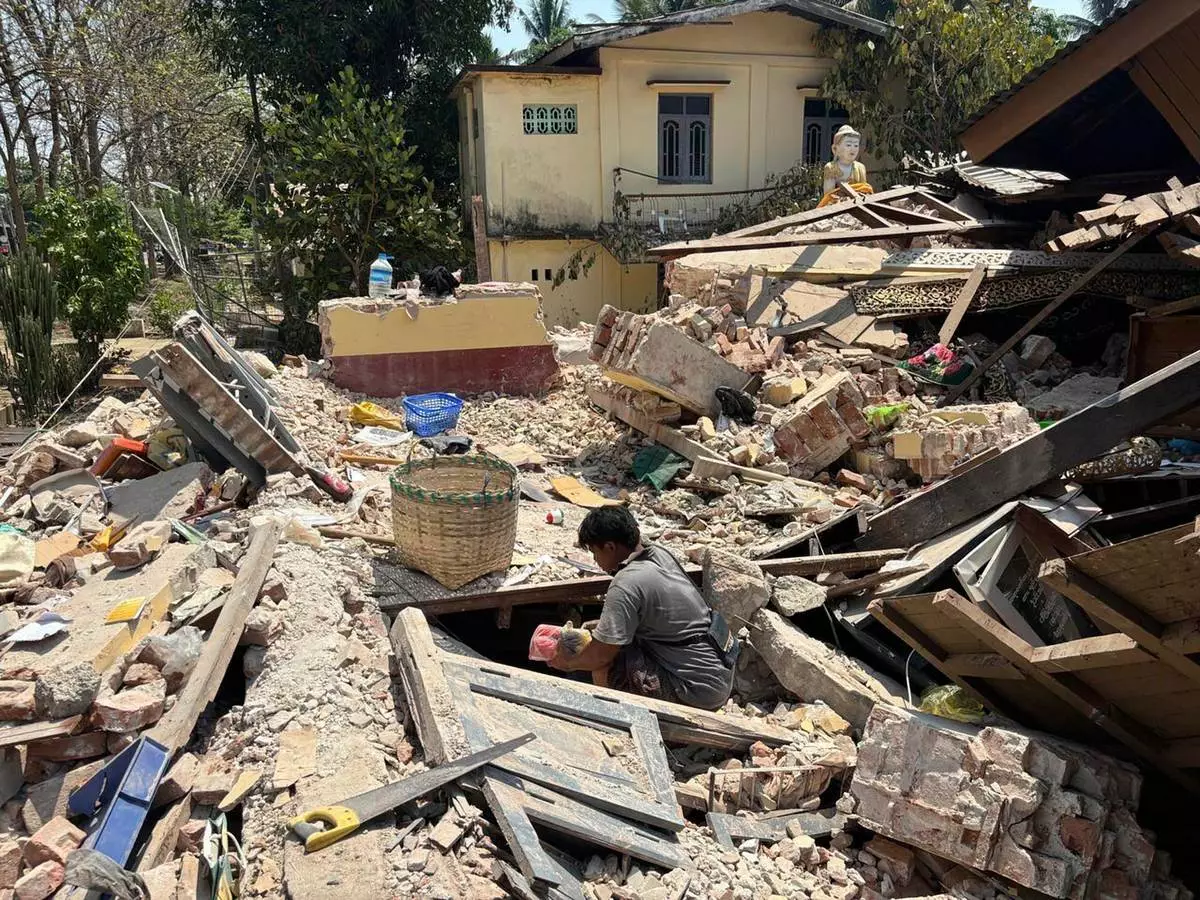
A person goes through rubble at a Buddhist monastery building that has collapsed following an earthquake in Naypyitaw, Myanmar Sunday, March 30, 2025. (AP Photo/Aung Shine Oo)
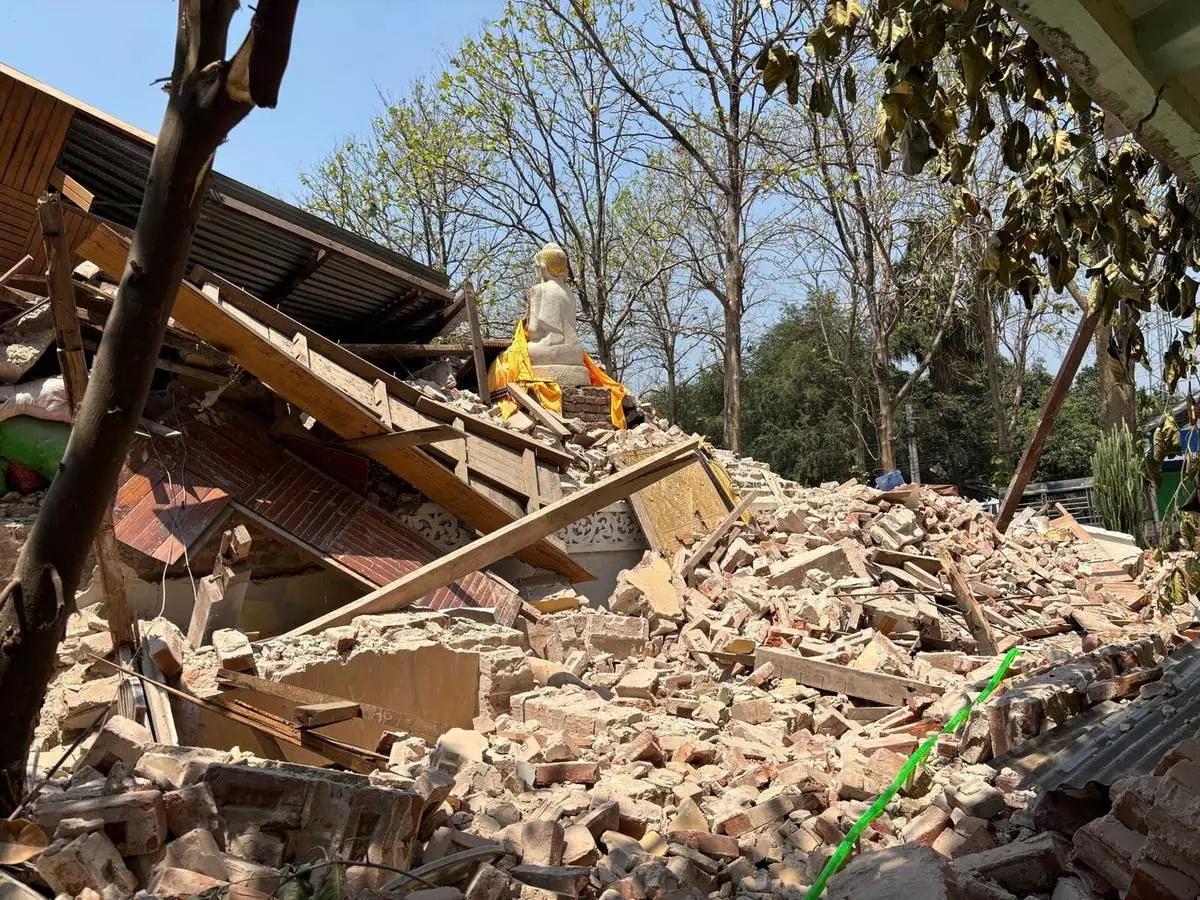
A Buddhist monastery building that has collapsed is seen following an earthquake in Naypyitaw, Myanmar Sunday, March 30, 2025. (AP Photo/Aung Shine Oo)
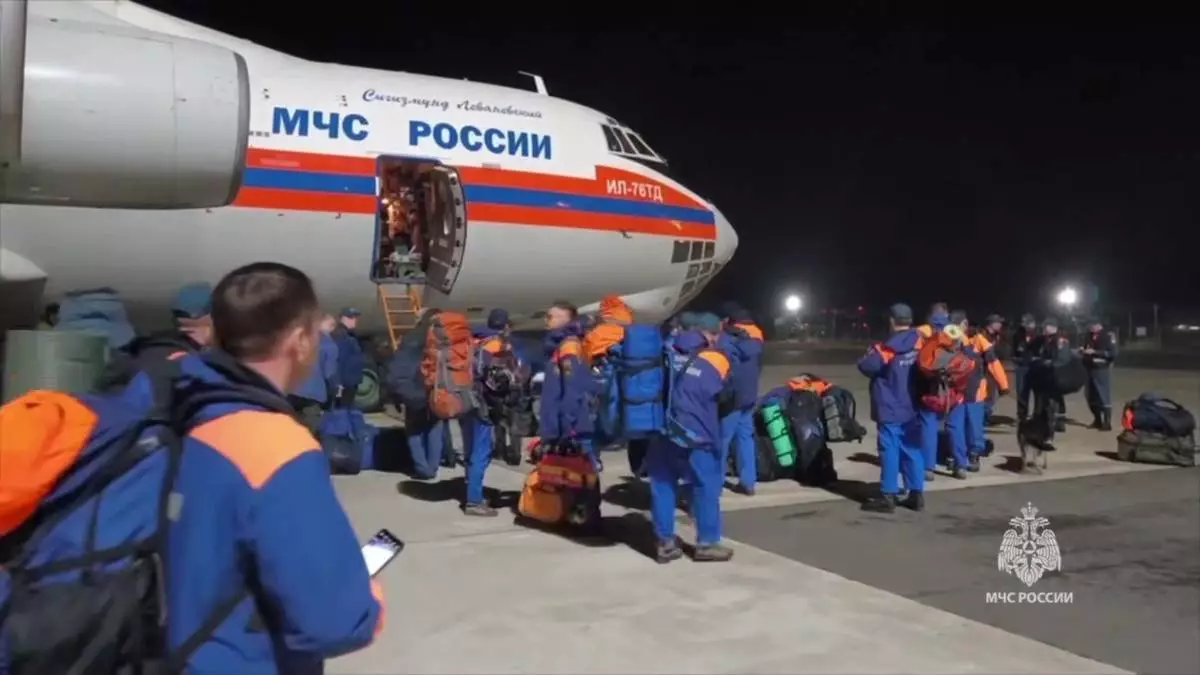
In this photo taken from video released by Russian Emergency Ministry Press Service on Saturday, March 29, 2025, Russian Emergency Ministry employees gather to board one of two planes with rescuers to Myanmar following Friday's earthquake, from a Moscow airfield, Russia. (Russia Emergency Ministry press service via AP)
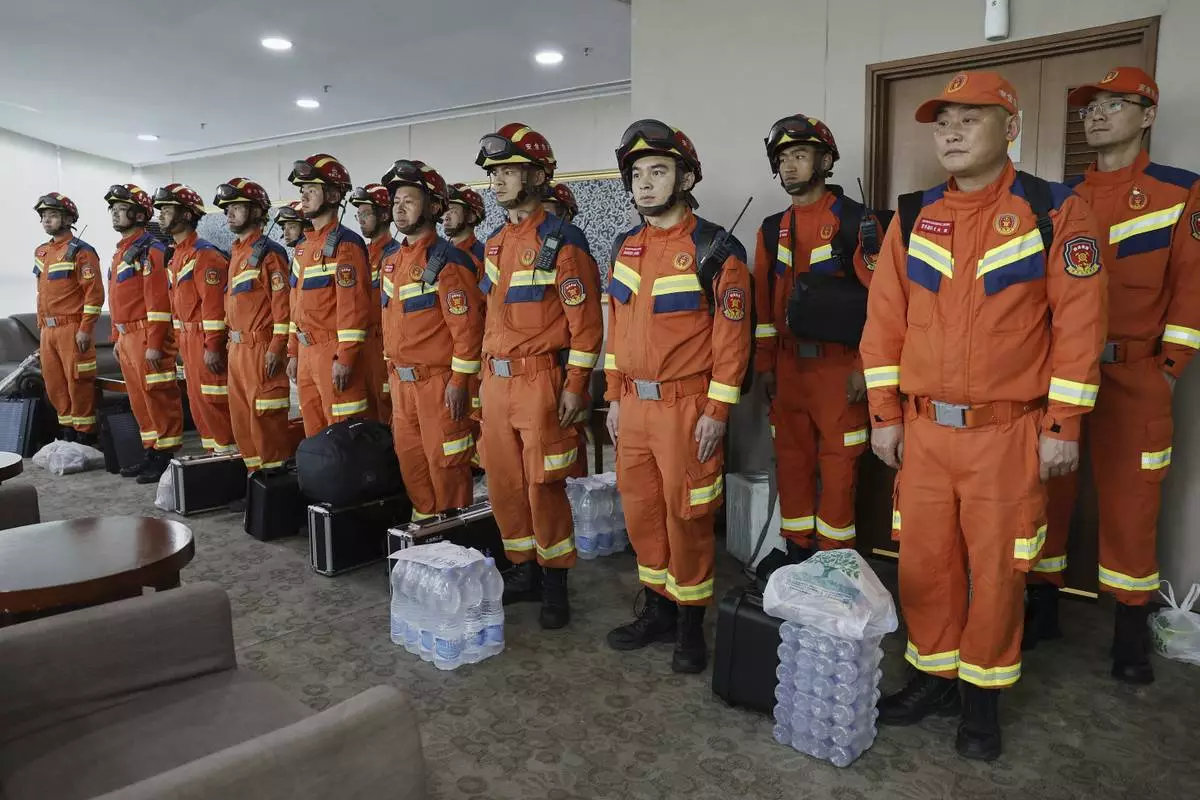
In this photo released by Xinhua News Agency, Chinese rescuers arrive at the Yangon International Airport in Yangon, Myanmar on Saturday, March 29, 2025. (Haymhan Aung/Xinhua via AP)













